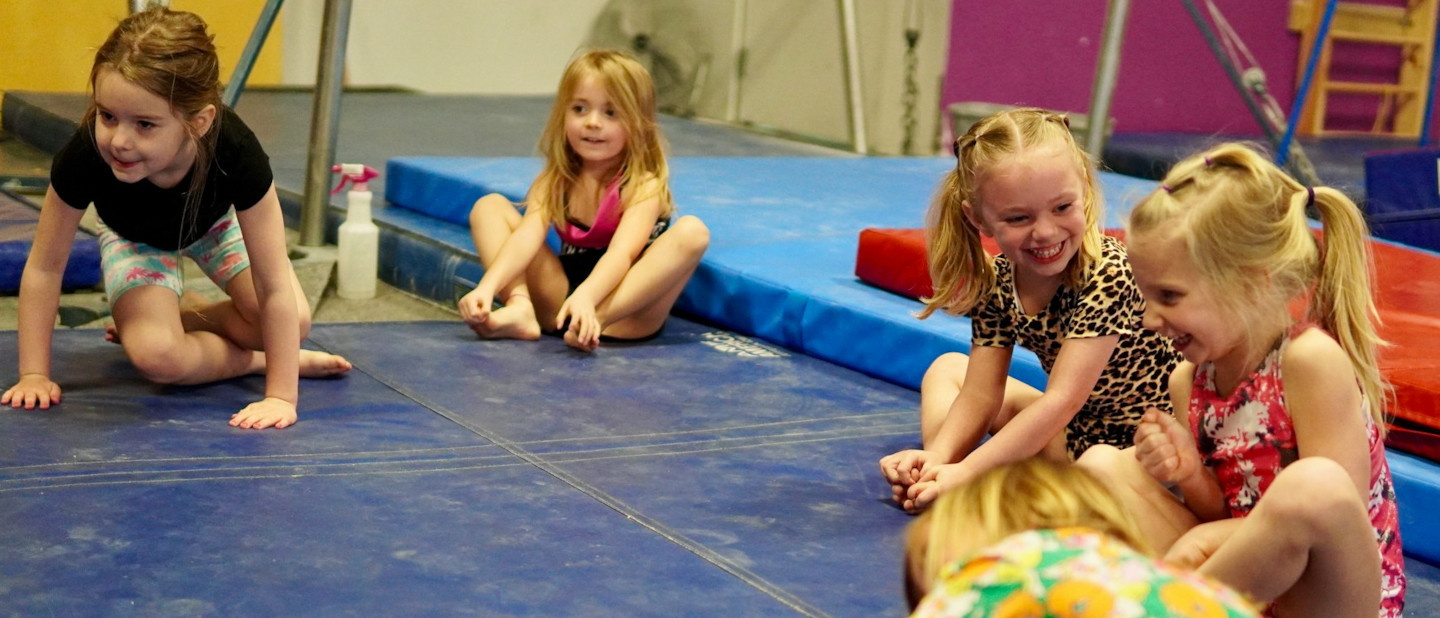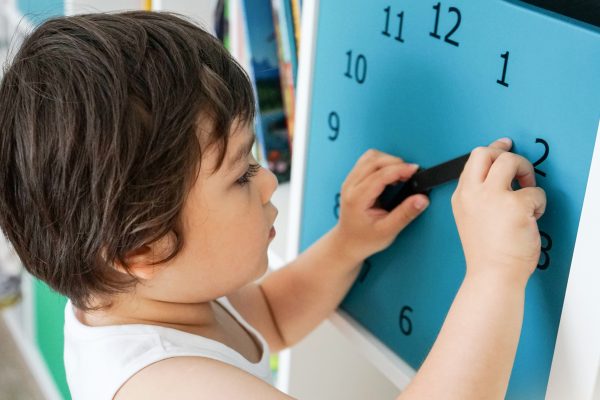
Low muscle tone – what is it and what does it mean for my child?
Low Muscle Tone – what is it, and what does it mean for my child?
Low muscle tone is a term that is easily and commonly misunderstood by parents and health professionals alike. This post aims to demystify what low muscle tone is, and what it means for children who are described as having low muscle tone.
What is muscle tone?
Muscle tone refers to the amount of underlying tension in a muscle. It describes how much tension is in a muscle when it is relaxed. The level of muscle tone a person has depends upon 2 factors: the amount of firing activity in the muscle fibres, as well as the stiffness of the connective tissues within and around the muscles.Muscle tone can be described as occurring along a spectrum. Some people have lower muscle tone, and some people have higher muscle tone. Having muscle tone at either end of the spectrum does not necessarily mean anything is wrong, it just a reflection of the physiological make up of a person, a bit like we all have different metabolisms.Muscle tone is one contributing factor to our ability to hold our bodies upright, to move with control, and our stamina when completing activities.
What is low muscle tone?
In children, low muscle tone is used to describe when an infant or child has muscles that appear to be floppier or less stiff than what is typically expected of a child their age. Children with low muscle tone often need to put in more effort to get their muscles moving optimally when doing activities, particularly upright activities. Children with low muscle tone often have difficulties with their movement and posture. Because their muscles are less tense when they start a movement or activity, they often need to put in more effort to get their muscles moving sufficiently when doing activities. The movement difficulties commonly seen with children with low muscle tone can one or more of the following:
- Late achievement of the major motor milestones (eg: sitting, crawling, standing, walking) – but not always
- Late to achieve or difficulty achieving higher level motor skills such as jumping, hopping, skipping, going up and down stairs, climbing and playing on playground equipment
- Clumsiness – they might fall more frequently than their peers, injure themselves more frequently, and have difficulty with ball skills
- Poor posture – they might slump or sit in a w-sit position when sitting on the floor or they might prefer to lie on the floor, they might slump or lean on one hand when drawing and writing at a table, they might stand with their tummy poking out (past the toddler age when it is normal to have a ‘pot-belly’)
- Flat feet, and may complain of foot or leg pain after walking or exercising. They may experience knee or leg pain at night
- Poor endurance – they might tire very quickly, not like walking very far, might want to be picked up and carried by their parent more so than other kids their age,
- Difficulties with handwriting and drawing – they have difficulty holding their pencil with a proper grasp, they might push too hard or too lightly, and their hands might fatigue quickly (ie: their handwriting starts out neat but after a few lines it becomes messy, or they change their pencil grip frequently to try and manage the fatigue)
- Difficulties with their mouth and jaw – this can include holding their mouth open and drooling especially when concentrating, difficulty progressing onto chewy foods, and for some children problems with learning to talk and clarity of their speech
Muscle tone vs muscle strength
It is important to know that muscle tone is different to muscle strength. Muscle tone is the underlying level of activity that your child naturally has in their muscles. However, muscle strength is the ability of the muscles to then generate force, especially against resistance. Children with low muscle tone will naturally often be weaker. Their muscles are floppier at rest – so when it comes time to move, their muscles have to contract harder to generate enough force to move. Low muscle tone CANNOT be changed. But your child’s muscle strength, motor control and physical endurance CAN be changed.
What does it mean if my child has been described as having low muscle tone?
For many children, low muscle tone is just how they are made. Both of my own children have low muscle tone. And low muscle tone can be present in families – if you had low muscle tone as a kid or still have it as an adult, it is very possible that your child will have inherited the same genetics as you. For these children, having low muscle tone just means that they might be slower to achieve their gross motor milestones, they might not naturally be good at physical activities, and they might need to be encouraged to participate and practice their gross motor skills. For small numbers of children, low muscle tone can occur as part of an underlying genetic or neurological condition. For these children, their low muscle tone may be pathological, which means that it has a significant impact on their ability to function. In addition, their low muscle tone will usually be accompanied by other signs and symptoms which may include specific genetic features, learning difficulties, or other medical signs and symptoms that all require or would benefit from treatment. It is important that these children are seen by a health professional to try and get a clear diagnosis of the underlying condition and appropriate treatment.
So your child has been described as having low muscle tone – what can you do to help?
The following are suggestions of activities or strategies that parents can try at home to help their child with low muscle tone to improve their motor skills and participation:
- Encourage your child to participate in a variety of physical activities that use their whole body to help them to build their overall strength. Activities that will help your child to build their strength include climbing, playground activities (such as ladders and monkey bars), animal walks (bear walk, crab walk, frog jumps), swimming, horseriding, martial arts, gymnastics and dancing.
- If your child is not yet walking, encourage your child to be as active as possible on the floor. The best place for your baby with low muscle tone is on their tummy, as this allows them to use their whole body to learn to move around on the floor.
- ‘Warm up’ their muscles before doing activities that require fine control, sitting still or concentration. Warming up their muscles helps to increase activation of your child’s muscles in preparation for movement. For example, jumping on a trampoline before sitting down at a table may help your child to sit up straighter, or doing animal walks or squeezing or squishing playdough may help your child to hold their pencil better or for a longer period.
- Give your child opportunity for movement breaks during seated activities or if needing to hold a sustained posture.This helps your child to have a short break and give their muscles a rest from that posture.
- Use pacing to help your child to avoid ‘overdoing it’ and ending up fatigued and in pain. Pacing involves ensuring that your child is pacing their day with periods of activity as well as periods of rest. For example, if your child has an active and busy morning, you might ensure that your child spends some time doing quiet activities in the afternoon to avoid them experiencing joint pain at night.
- Ensure your child is sitting in an optimal posture when doing tabletop activities. An optimal sitting position ensures that your child’s feet are fully supported, that their hips and knees are at right angles, and the table height is at or just below their elbows.
- Some children can benefit from using a slope board, thicker pencils or crayons, or specific pencil grips to help them to sustain their pencil grip for longer.
- Supportive and understanding parents and educators – children with low muscle tone can sometimes be thought to be lazy, whingy, fidgety, have poor attention as a result of the behaviours and strategies they use to cope with their low muscle tone and fatigue. The reality is, though, that these children are not being lazy, they are not being manipulative, and they are not being naughty – they are literally just not physically able to do the activities as well as their peers or for as long as their peers. It is up to us to modify the activity or accommodate the child’s needs into the activity.
Why might you consider seeking the help of a health professional for your child’s low muscle tone?
If your child’s low muscle tone is impacting on their ability to do things they need to do in their daily life, then it might be worth seeking out the help of a health professional. A health professional will help you and your child to determine strategies that will help them to improve their skills and to manage any fatigue or difficulties they might be having.
At Move & Play Paediatric Therapy our therapists work with children with low muscle tone almost everyday. If you are concerned that your child has low muscle tone that is causing motor difficulties, fatigue or pain, please call us to find out how we can help your child.
Written by Emily Hayles – Physiotherapist and Owner – Move & Play Paediatric Therapy and author of ‘Braver than you think: How to help your child with a disability live their best life’






